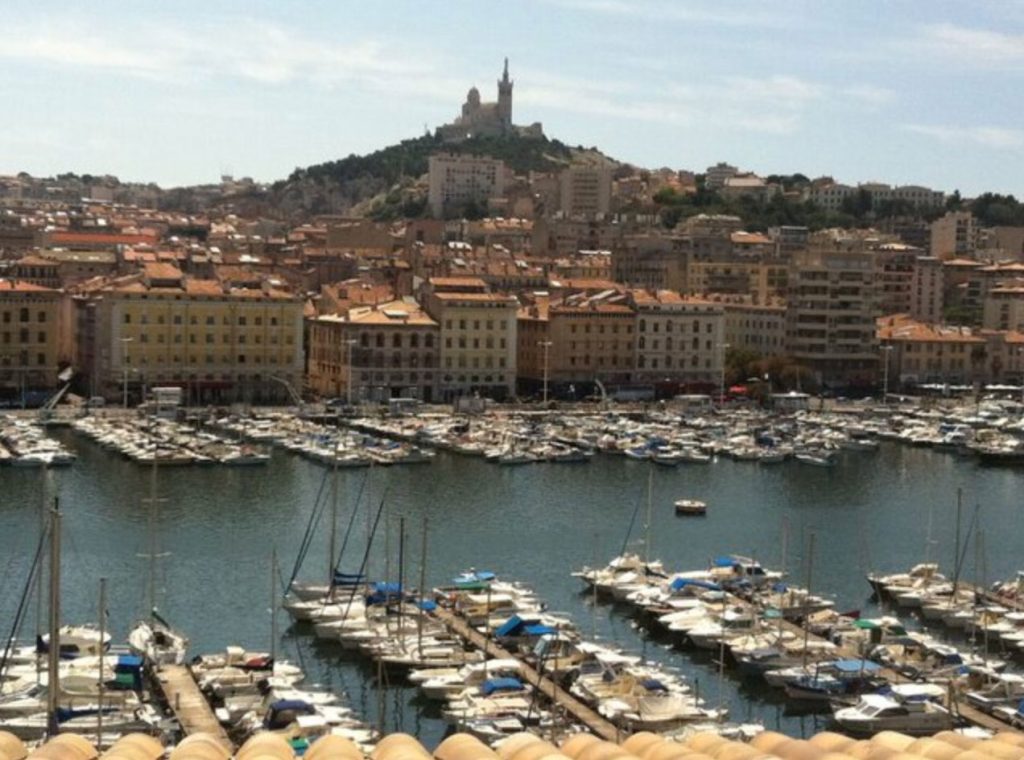
The inland Port of Lyon, France, will be receiving a €40M upgrade from Marseilles-based CMA/CGM to improve container-on-barge service, according to Jean-Christian Vialelles, Principal at JCV Management and President of the Propeller Club of Lyon.
The funding will go to improve container terminal operations as well as container moves to rail transport, he said.
n an interview with AJOT, Vialelles said the upcoming International Propeller Club convention taking place in Lyon from October 13-15th, 2025, will showcase the importance of container on barge commerce in partnership with the Port of Marseille. The Rhône River links the two ports.
Inland port operators and stakeholders in the United States, including those on the Mississippi River and its tributaries, will see many parallels with Port of Lyon operations.
Port of Marseilles
A keynote speaker at the International Propeller Club convention will be Christophe Castaner, Chairman of the Port of Marseille, who will discuss the importance of Marseille as a Mediterranean-based port and Lyon’s importance as an inland Marseille port partner.
The transit time between Lyon and Marseille is about 33 hours by water.
The Rhône River has been engineered with dams and locks over a total distance of 310km from its confluence with the Saône at Lyons-La Mulatière to Port-Saint-Louis-du-Rhône. From there, the Mediterranean is reached through a short canal, the Canal Maritime Saint-Louis, according to French Waterways.Com which also points out:
- The vast program of works begun by the Compagnie Nationale du Rhône (CNR) in 1933 was completed in 1980. Navigation alternates between wide deep river sections and 11 diversion canals.
- At Lyon, the Rhône is joined by the Saône, which connects it with all the waterways of central and eastern France. Upstream of the confluence the Upper Rhône has also now been partly developed by the CNR.
- The Rhone River’s power is harnessed at each dam to produce hydroelectricity; the valley also has nuclear power plants and wind farms. Navigation thus alternates between the bed of the Rhône, 300 to 500m wide, in which short steep waves may be generated by southerly winds, and 11 diversion canals, in which the locks are generally located towards the downstream end. The Mistral (northerly wind) can make lock entry difficult from upstream. The current does not exceed 7 km/h, but when combined with the effect of the Mistral, it can make progress upstream laborious for low-powered boats.
